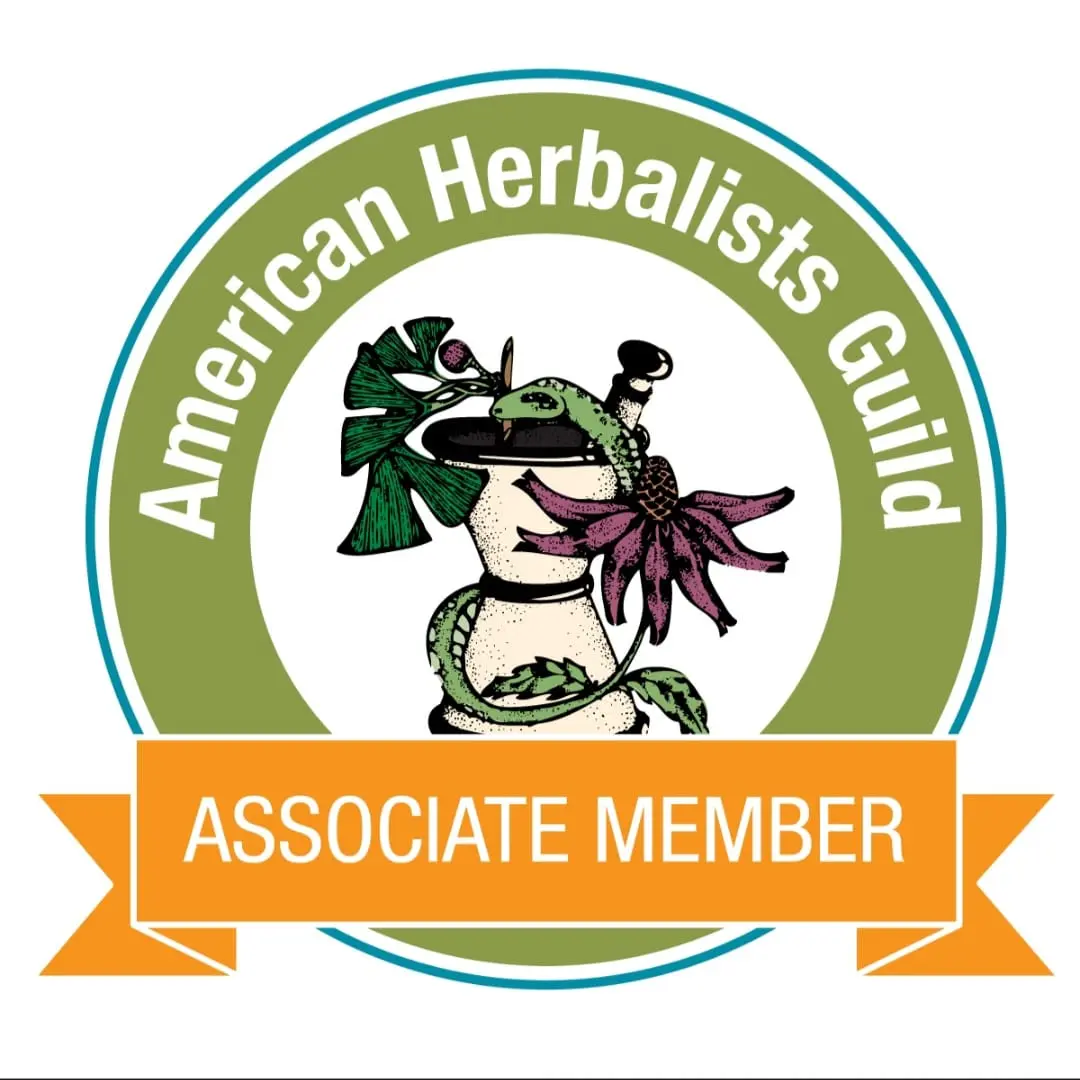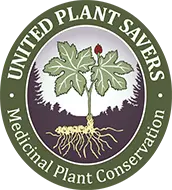Vibrant Violets - Viola spp.
April blooms with the vibrant violet—a versatile herb loved for its culinary, medicinal, and ornamental charm. Explore its hidden magic!

Common Names
Violet (Viola spp.), sweet violet, common violet, English violet (V. odorata), heartsease, johnny jump-up, wild pansy (V. tricolor), common blue violet, hooded violet (V. sororia), marsh blue violet (V. cucullata), sweet white violet (V. blanda), Canada violet, Canadian white violet, white violet (V. canadensis), American dog violet, dog violet, Labrador violet (V. labradorica), field pansy (V. arvensis).
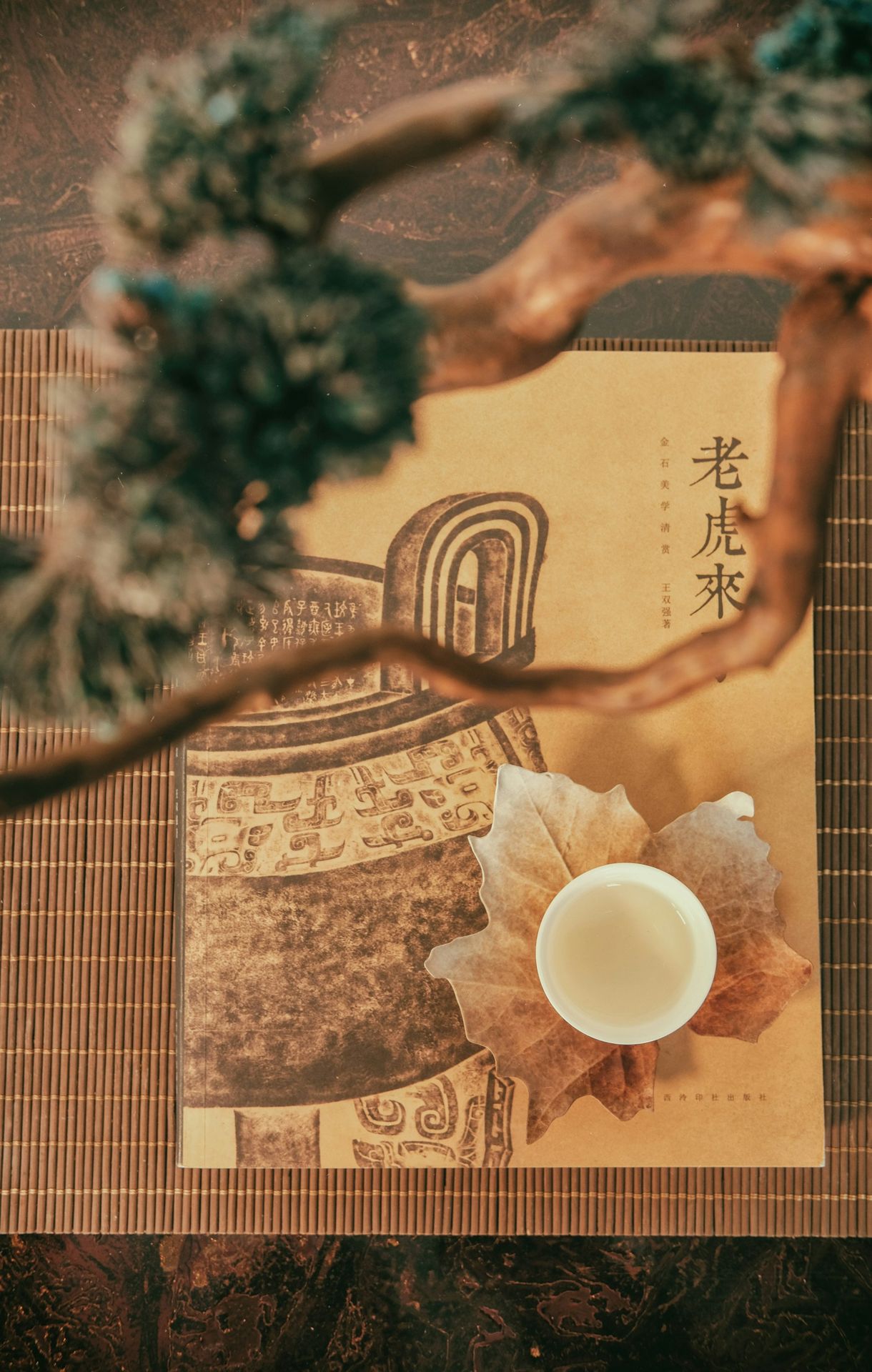
Traditional Names
- Chinese Medicine: Zi hua di ding (Viola philippica)
- Ayurvedic: Banafsha (Viola odorata)
Family
Violaceae
Parts Used
Aerial Parts
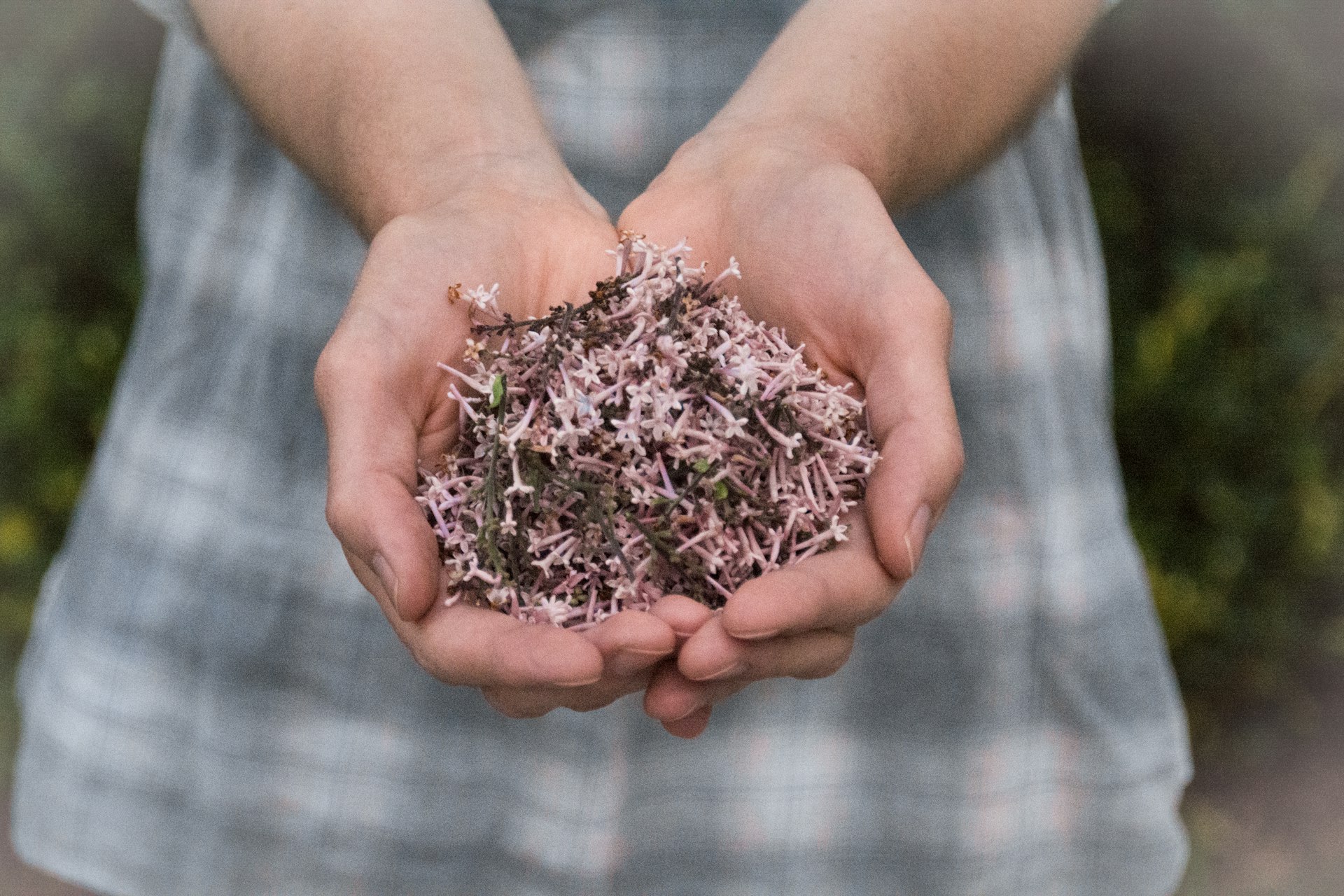
Harvesting
Harvest in spring and summer, possibly autumn. Prefer younger leaves for salads, older leaves for cooked dishes. Avoid confusion with poisonous plants like larkspur, monkshood, and buttercups.
Sustainability
Some species are rare or endangered; research status before harvesting.
The good stuff
Below You'll find: the key constituents, actions/energetics, uses, sample dosage guidelines, and more!
Key Constituents:
- V. odorata: Mucilage, flavonoids, phenolic glycosides, saponins, alkaloids, ionone, cyclotides, minerals, vitamins A and C.
- V. tricolor: Mucilage, flavonoids, methylsalicylate, gums, resins, saponins, coumarins, terpenes, cyclotides, minerals, vitamins C and E.
Actions & Energetics:
Alterative, demulcent, nutritive, anti-inflammatory, antimicrobial, antioxidant, diuretic, expectorant, lymphatic, nervine.
Safety:
Some people may experience throat irritation. Roots are emetic and poisonous. Avoid if you have glucose-6-phosphate dehydrogenase deficiency.
Scroll on...
Discover even more below!
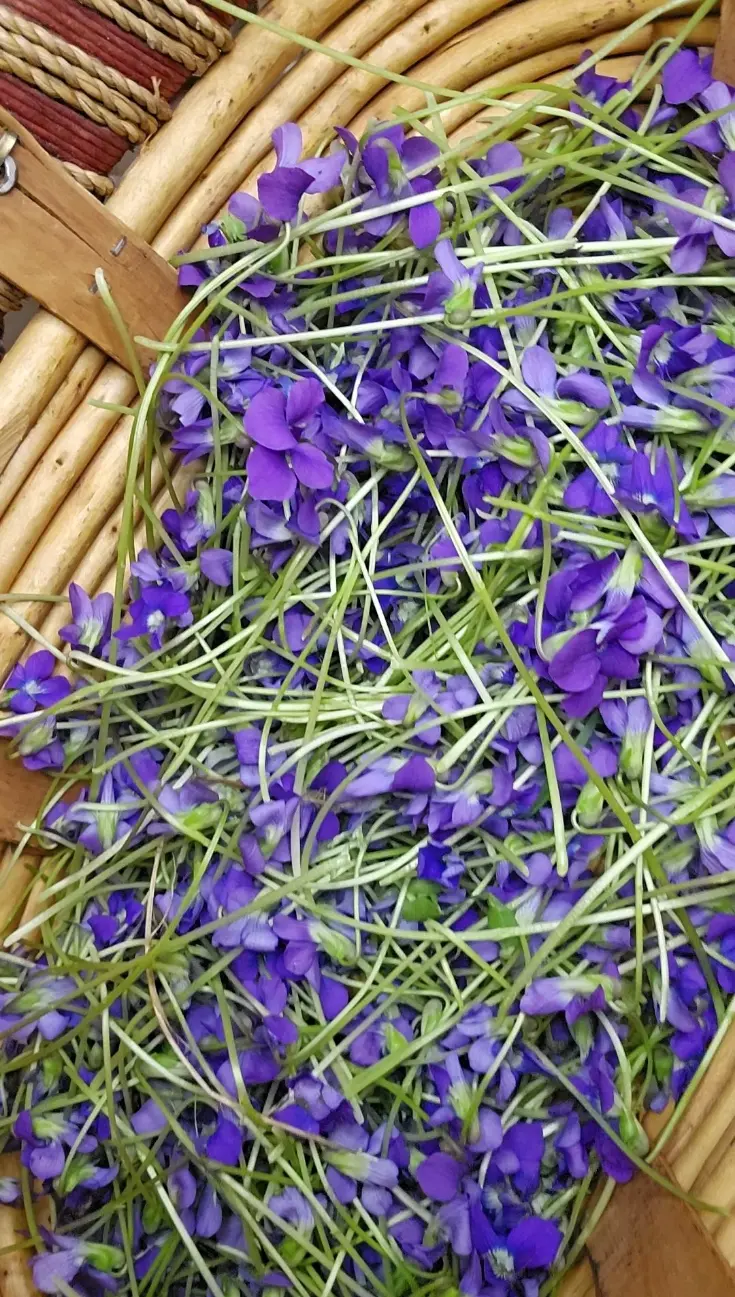
Scientific Research
Studies on antioxidant, antimicrobial, anti-inflammatory, anticancer, and chemosensitizing effects. Clinical trials for respiratory issues, skin conditions, insomnia, anxiety.
References
Works from various authors and institutions, such as the Royal Botanic Gardens of Kew, Encyclopedia Britannica, and numerous scientific journals.
Sample Adult Dose:
Take EXTRA caution when giving herbal remedies to children!
- Infusion: 1 cup (1 tsp dried herb in 8 fl oz boiling water), 3x/day.
- Tincture: 1-2 mL (1:5, 40%) 3x/day.
Disclosure
Information is for educational purposes only, not intended to diagnose or treat medical conditions. Readers should research safety and usage of herbs or supplements.



